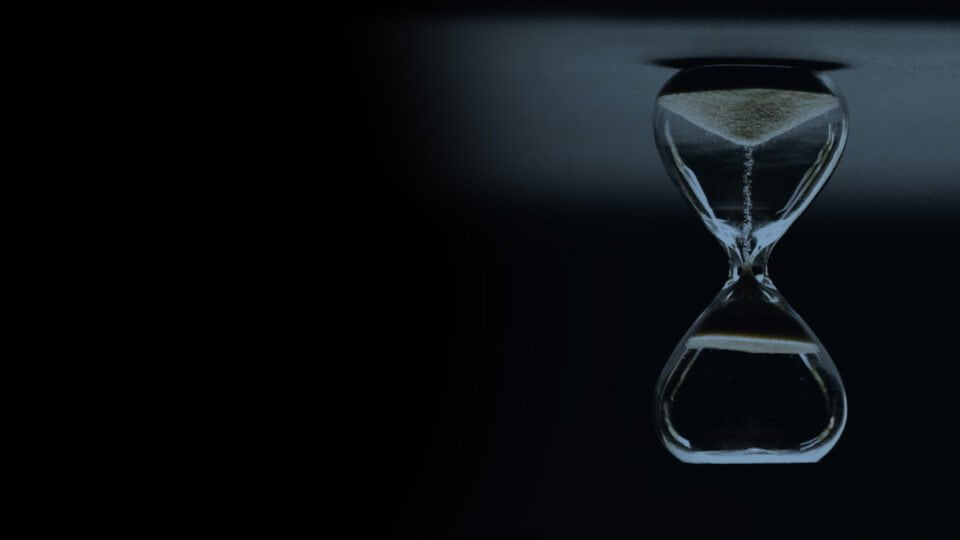
Without the Right Backing, You Won’t Have Change

We are not agile because it is trend!
Knowing the goal is important – knowing the position is crucial
The business world is turning ever faster and posing major challenges to business leaders. The complexity of processes, procedures, structures, organizational forms and business relationships is increasing. Everything has to be agile, innovative and fast. This forces companies to adapt to these changes and align themselves accordingly. To do this, they must set themselves new goals and consider how to get there. It often becomes problematic when assessing the current situation – or the level of complexity of the system in which they find themselves.
How do companies manage complex systems? According to Welsh scientist Dave Snowden, many decision makers tend to take an engineering approach: they see complex systems as predictable mechanisms that can be solved with known best practice cases. However, if the context and framework are completely different from best practice, the results are not the same. Or, according to Abraham Maslow: “Whoever has only one hammer sees a nail in every problem”.
So if you don’t know where you stand, you can’t know where to start. Is this task really so tricky – or is there a pseudo-complexity? Can’t we just solve that project with a known solution for older projects – or do we take it too lightly and need a whole new approach? In this case, is a trial-and-error the right solution, a precise preliminary analysis or just common sense?
The solution model
These doubts reflect the systemic uncertainty in many companies. David Snowden has developed a model together with management consultant Mary Boone (see illustration). The so-called Cynefin framework helps managers to better classify and classify the decision-making environment and to derive suitable solutions.
Snowden distinguishes between simple, complicated, complex and chaotic starting situations – and assigns a respective solution to them. Put simply: The Cynefin framework helps us to recognize that not all situations are created the same and that different situations require different answers in order to change them effectively.
Source: Dave Snowden, published under CC BY 3.0
For simple initial situations (Obvious) there is an obvious and ideal solution. Snowden describes the solution as “sense – categorize – respond”. Best practice examples and common sense in problem solving are sufficient here. One example is defined cause-effect relationships, for example in the production environment. Clear processes are recognizable and therefore action approaches can be easily planned and controlled. Standard procedures (SOPs) and process reengineering are at home here.
In complicated situations, on the other hand, the solution requires a more precise analysis and check, as the number of variables is too high. In addition, cause and effect can be separated both temporally and spatially. Here the maxim “sense – analyze – respond” applies and for problem solving both experience and expert knowledge must be consulted. Systems Thinking, learning organization and scenario planning are keywords in this environment.
In complex situations, no obvious patterns are discernible and correlations only emerge in retrospect. Here “probe – sense – respond” applies. Expert opinions based on similar historical situations are not valid here. Rather, the aim is to stabilize desired patterns, destabilize unwanted ones and gain the best possible understanding of the situation (i.e. the system) by looking at various perspectives. By Trial-and-Error one can then approach a solution. Complex adaptive systems have their home here.
In chaotic situations there are no perceptible connections, the situation is turbulent and it is not possible to analyse changes in time. “Act – sense – respond” is a suitable pattern of action here. Decide and act quickly to reduce turbulence, immediately assess the reaction, then react again and so on. This is a domain for unusual approaches by unusual people and a space for innovation.
In which system do we move?
Finally, there’s the mess in the middle. Here it is not clear in which system one moves individually or as a group. This central domain is extremely important in order to better understand, for example, the decision-making behaviour of managers in conflict situations. Individual perceptions and points of view meet that want to be respectfully addressed and moderated. In my experience, this domain offers a lot of potential for learning and growing together – or for failing in a crash – especially in transformation processes.
Managers often give the impression that they have everything under control. At the same time, they sometimes do not even recognize the system in which they find themselves. Perception beats reality. Here applies to all involved ones to break out from the (alleged) comfort zone and to make itself clear that proven courses of action and/or methods with differently stored, ‘new’ problems do not obtain the desired effect.
The Cynefin framework thus helps managers to consider different perspectives and to understand that trial-and-error is the right way in certain situations. To accept that temporary loss of control becomes the norm. To recognize how important lateral thinkers and unusual employees are. Recognize that organizational structures sometimes have to expose themselves to complexity, chaos and instability in order to create something new. Existing competencies can hinder future development. Decision-makers should therefore also ask themselves how they can unlearn competences and behaviour patterns and build up new knowledge.
Bottom line
Both in the Change- and in the transformation context the Cynefin model can be a great support. Markets change ever more rapidly, disruptive business models change rules of the game, which were previously regarded as unchangeable. Managers, who know, in which system with which basic conditions they move, can align their Mindset and their acting much faster accordingly.


